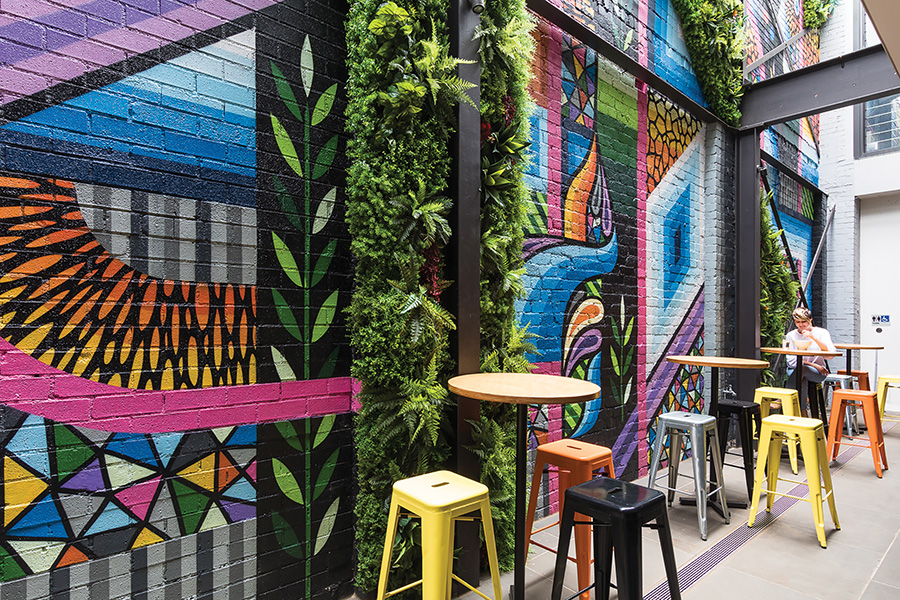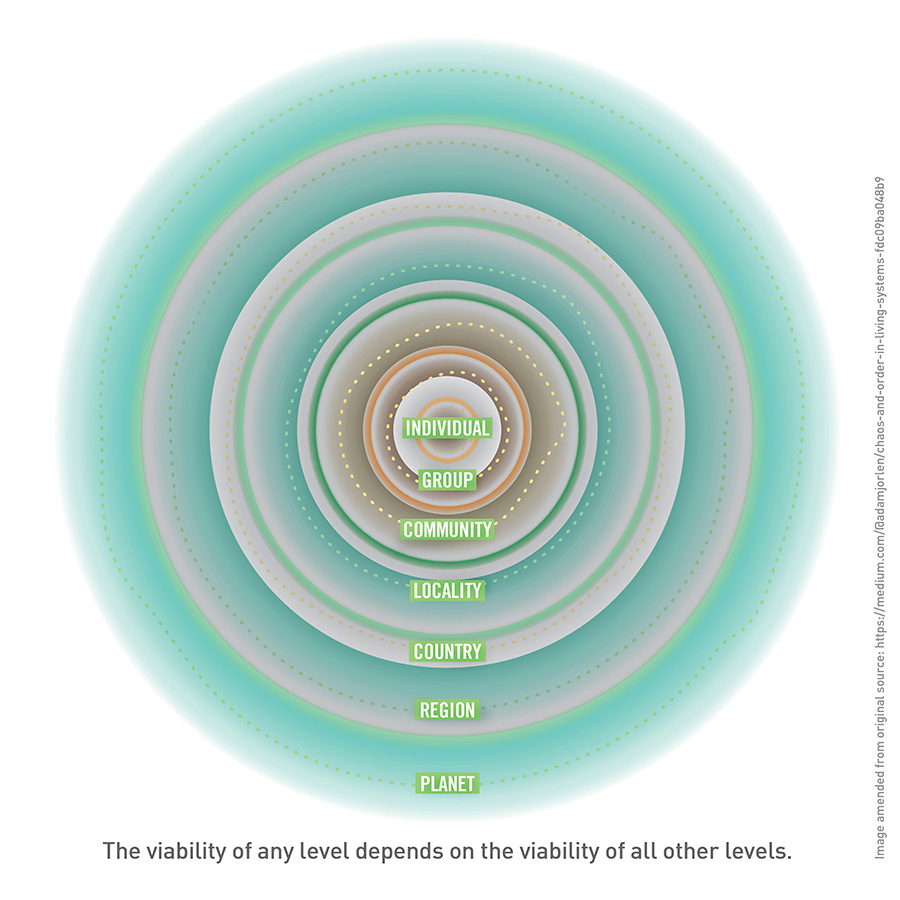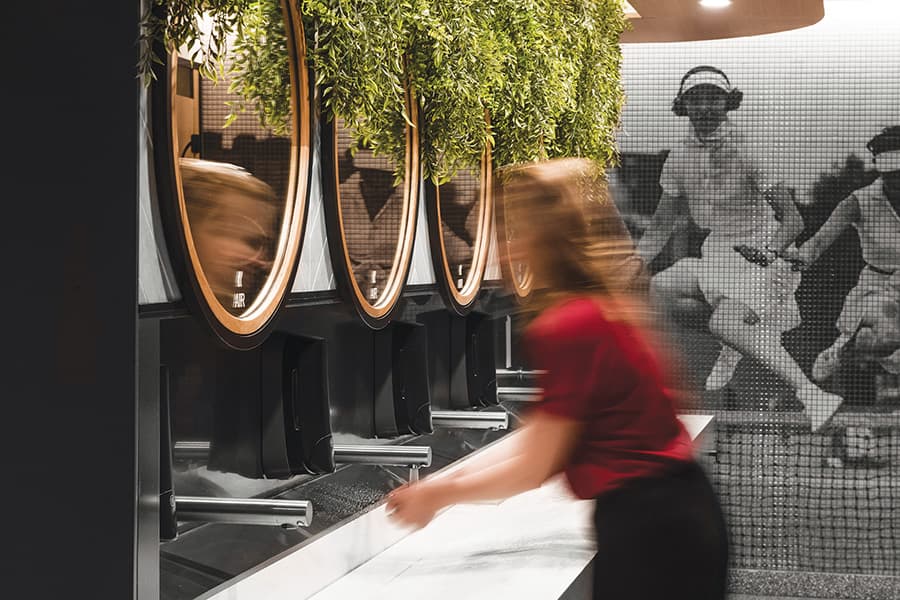
Have you switched to supporting local businesses amid this crisis and found that the benefits of shopping with smaller local retailers outweigh the slightly increased prices you may pay for your goods? Has cycling to the local grocer become a new way of life, providing exercise, ease and reconnection with your local environment? Or have you continued to support the supermarket brands, forming orderly socially distanced queues outside their stores or through online purchasing?
It’s hard to imagine what the streets of our neighbourhoods and the shopping centres nearby will look like once the social restriction measures are lifted. Perhaps it’s even harder to really understand what has shifted in us as human beings, community members, retailers and consumers as a result of the recent pandemic.
Uncertainty lingers in the air with unknowns surrounding COVID-19, including how immunity works and whether it will reoccur seasonally. The need to adapt existing retail spaces will grow as shopping centres seek to become safer while remaining viable. Building health and air quality may finally get the attention it deserves with increased air quality sensoring and filtration being adopted within retail environments.
As we see light at the end of the tunnel with restrictions being eased, we wait in anticipation for a vaccine with the uncertainty of knowing when or where COVID outbreaks may resurge. This uncertainty will likely result in a phase of redesign for stores to provide quick, compassionate sales reconnecting consumers and employees with their brands in such a way that is risk free, quick and socially engaging.
With communities returning to the high streets and shopping centres, they are not returning the same people they were before, we have all undergone what feels like some kind of social experiment or reflection time, issued to us from Mother Earth. It will be some time before we really understand how this has shifted our worldviews and behaviours.

Design for healthy communities and environments
The design responses to our shifting mindsets and behaviours may include reducing store footprint sizes or even replacing some of them with distribution warehouses that can cater to a larger online network. However, when people seek reconnection and venture out, the retail experience will play a crucial role. As communities bounce back to their feet, there could be a rise in smaller, pop up style fitouts. These offer a quick, low-cost solution to help businesses regain momentum to get the best bang for their buck.
Digital technologies will play a vital role in enabling safe, social reconnection in stores. The development of a contact-free retail consumer experience will emerge with touch-free purchasing, digital product signage and increased uptake in automation (sensored taps, doors, lighting etc) to reduce the risk of virus transmission.
Building health outcomes will drive design changes with the uptake of building ratings such as WELL Building standard and Passive House gaining the acceleration they deserve for their focus on occupant wellbeing and indoor air quality requirements.
Design solutions for optimal health, such as increasing the rates of ventilation to remove stale air, the provision of touchless hand sanitation stations, the design of adequate sink size and access for handwashing, the importance of educational signage and the installation of high-filtration ventilation through HEPA filters, may all become common practice solutions in the fight against viruses.
These solutions may feature alongside a razor-sharp look at buildings’ operational policies – cleaning protocols, maintenance regimes, and even air and water testing to confirm fitness for public consumption. The role of operational personnel and facilities managers may elevate in importance, as we shift our focus to understanding their role in the protection of the health of those that visit buildings.

With a heightened sense of interbeing, we have been given an opportunity to embrace the new normal with the will and desire to nurture our relationship with people, places and the wider natural environment.
COVID-19 has certainly shone a glaring light on the fragility of health and how, when compromised, the world can come to a shuddering halt. However, it is equally opening up new collaborative conversations, drawing connections between human health, community liveability and planetary wellbeing.
Ahead I see a positive transition to meaningful retail experiences within local neighbourhoods where social connection plays a key role in building the vitality of the local area. The role of retail is yet again evolving with an emphasis on reconnection, experience, health and safety.
If we have learnt anything throughout this time, it is the need humans have for social interaction and meaningful shared experiences that provide purpose in our lives. This is the moment for retail organisations to lead in providing healthy, safe places where communities can gather for reconnection and shared memorable experiences.
Let’s work together to design for healthy communities and environments.





















